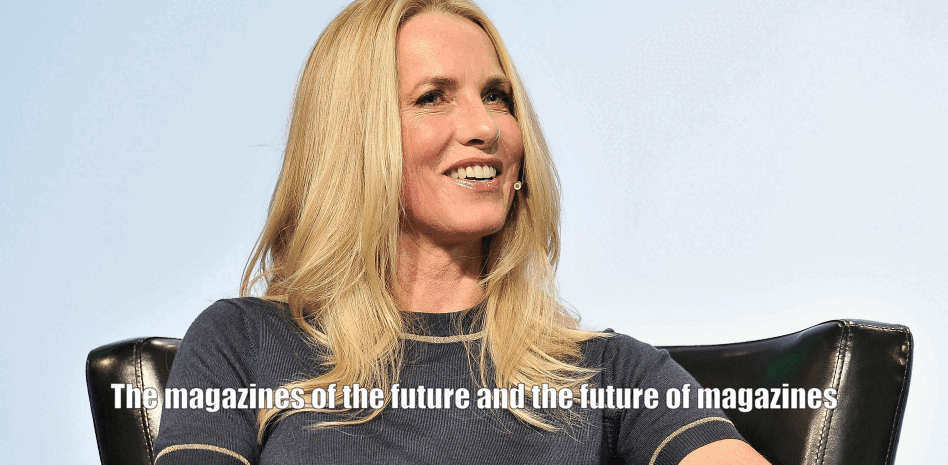Richard Stolley, director of People , the magazine of the Time-Life group, the national newsstand sales leader at the end of the last century, used to explain that the covers were the key to the success of the weekly and thus formulated the so-called “Stolley’s seven laws.” : “Young sells more than old; the beautiful more than the ugly; cinema films more than television; cinema and television better than music; cinema, television and music better than sports; everything better than politics; and nothing better than the death of a celebrity.”
And People was an exception to the traditional business model of North American magazines, which, in reality, lived off subscriptions subsidized by advertising. At today’s prices, a magazine cost the subscriber just one euro per copy when in fact its editing, production and marketing cost about 45 dollars. Let’s think that in those years the cost of journalistic content on a People page was about $20,000 (in Sports Illustrated , $7,700). But advertising paid for everything, with multimillion-dollar profits for its publishers.
For decades, LIFE was the big business of the group chaired by Henry Luce, selling more than 15 million copies every week. LIFE , which was “television before television” died of success precisely at the hands of the small screen whose audiences were much larger than those of LIFE .
In Europe, the model was always different. Mail services were not as efficient and cheap as those in North America and here magazines were distributed and sold by issue and at kiosks. The only exception was Reader’s Digest , a monthly famous for its low-price subscription offers incentivized with prizes and contests. Although Paris Match also gained hundreds of thousands of subscribers in a campaign that flooded the road entrances in French cities with signs that said, for example, “Lille: 12,000 Paris Match subscribers .”
The profitability of North American magazines was legendary. In The New Yorker its ‘killing rate’ (percentage of articles commissioned, written and paid for even if they were not published) was 30%, and it was said that Harry Evans, director of Traveler, left his position with already paid collaborations worth a million euros. His wife, Tina Brown, director first of Vanity Fair and then of The New Yorker, was known for paying for “cover stories” worth half a million euros.
This whole ‘bonfire of vanities’ succumbed with the Internet. And “magazines for everyone became magazines for no one” where advertising and readers abandoned brands that seemed invincible. All these ‘soulless cathedrals’ collapsed one after another, making it clear that not even ‘Stolley’s laws’ ensured their sales.
In reality, frivolous, inconsequential and low journalistic quality magazines no longer have a future. That is why Roberto Civita founded Veja, the largest newsmagazine in Brazil with an advertisement in 1968 that said: “We are looking for intelligent and dissatisfied men and women, who read a lot, always ask ‘why’ and want to collaborate in the construction of the Brazil of tomorrow.”
A few days ago, the editor of The Atlantic said that they had already surpassed one million subscribers (half pure digital and the other hybrid digital and print) after increasing the price of subscriptions by more than 50%, improving the quality of their content and, above all, hire more and better journalists. Three years ago they lost 20 million dollars and today they make money.



